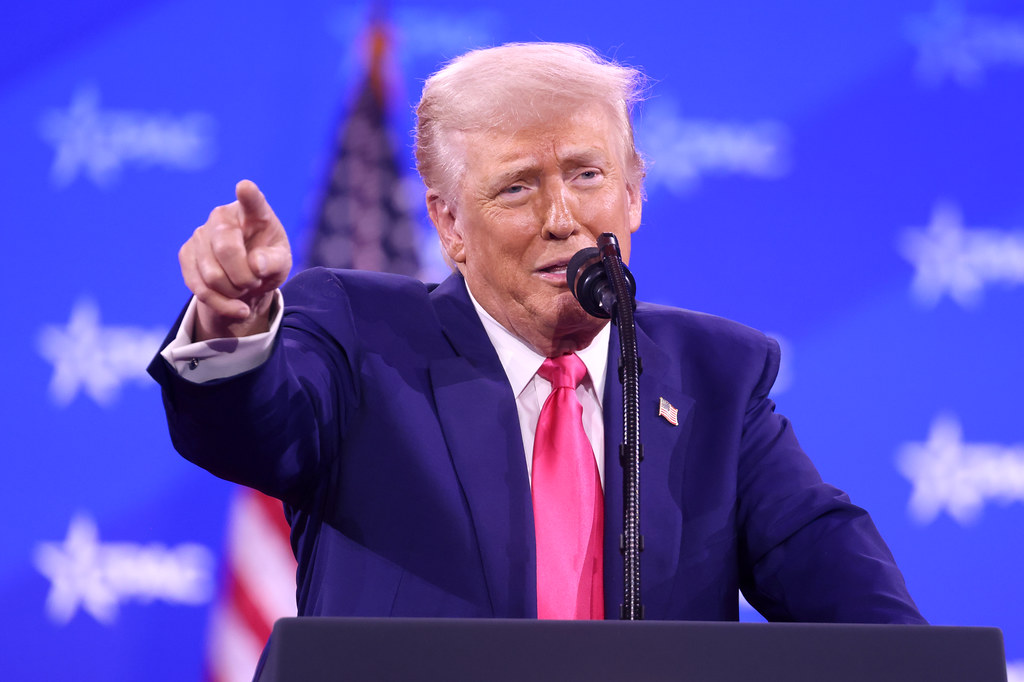
U.S. President Donald Trump announced Friday that he has signed letters to 12 countries detailing the tariff levels they will face on goods exported to the United States. These “take it or leave it” offers are scheduled to be sent out on Monday.
Timing and Secrecy Around Tariff Letters
Speaking aboard Air Force One en route to New Jersey, Trump declined to name the countries involved, stating that information would be made public on Monday. He had previously expected the letters to be sent on Friday, a national holiday in the U.S., but the date was pushed back.
The trade tensions have rattled global markets and prompted a scramble among policymakers to protect their economies. In April, Trump announced a base tariff rate of 10%, with additional tariffs reaching up to 50% for some countries. Most of these higher tariffs were paused for 90 days to allow time for negotiations.
That pause expires on July 9, though Trump hinted Friday that tariffs could rise as high as 70%, with many set to take effect August 1.
Shift in Negotiation Strategy
Initially, Trump and his administration planned extensive negotiations with many countries. However, after setbacks with major partners like Japan and the European Union, the president now prefers a more direct approach.
“The letters are better… much easier to send a letter,” Trump told reporters, signaling a move away from prolonged talks. He did not elaborate on whether broader agreements might be reached before the July deadline.
Trade agreements typically take years to finalize. The White House’s shift reflects the complexity of negotiating tariffs alongside non-tariff barriers such as agricultural import bans under tight timelines.
So far, agreements have been reached with Britain, maintaining a 10% tariff rate and securing special treatment for sectors like autos and aircraft engines, and with Vietnam, which saw tariffs reduced from a threatened 46% to 20%. Many U.S. goods will enter Vietnam duty-free.
Meanwhile, negotiations with India have stalled. EU diplomats confirmed on Friday that no breakthrough has been achieved and that they may seek to extend the current arrangement to avoid new tariffs.
Author’s Opinion
The move to send unilateral tariff letters without deeper negotiations signals a high-stakes gamble by the administration. While directness might seem efficient, it risks alienating trading partners further and escalating trade conflicts that could hurt American businesses and consumers. Trade is inherently complex and cooperative; bypassing dialogue may backfire in the long run.
Featured image credit: Gage Skidmore via Flickr
For more stories like it, click the +Follow button at the top of this page to follow us.
